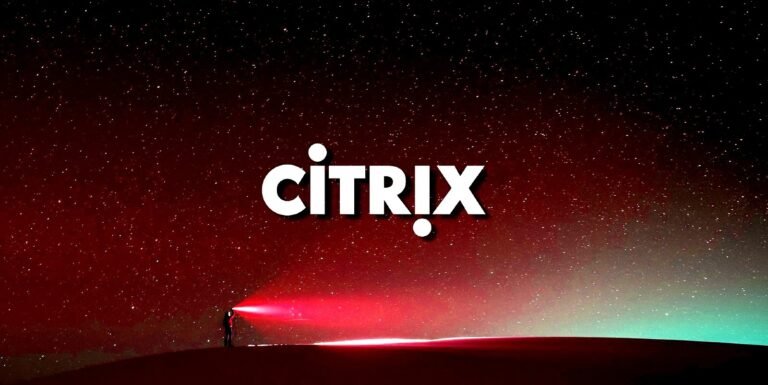Fast Facts
-
Active Exploitation: Citrix warns that CVE-2025-6543, a critical vulnerability in NetScaler appliances, is being actively exploited, causing devices to enter a denial of service condition.
-
Affected Versions: The flaw impacts specific versions of NetScaler ADC and Gateway (14.1 before 14.1-47.46; 13.1 before 13.1-59.19; 13.1-FIPS and NDcPP before 13.1-37.236) configured as Gateways or AAA virtual servers.
-
Mitigation Available: Citrix has released patches for affected versions, urging administrators to apply the latest updates immediately to prevent exploitation.
- Monitoring Recommended: In addition to patching, organizations should monitor NetScaler instances for unusual user activity and review access controls due to the simultaneous presence of another critical vulnerability (CVE-2025-5777).
Problem Explained
Citrix has issued an urgent warning regarding a critical vulnerability in its NetScaler appliances, identified as CVE-2025-6543, which is currently being exploited in the wild. This flaw enables unauthenticated, remote requests to trigger a denial of service, effectively taking affected devices offline. Specifically, the vulnerability impacts several versions of NetScaler ADC and Gateway, and is particularly concerning for configurations such as VPN virtual servers and AAA virtual servers. Citrix recommends immediate action, urging administrators to upgrade to the latest patched versions to mitigate the risk of exploitation.
The advisory follows closely on the heels of another severe vulnerability, dubbed CitrixBleed 2 (CVE-2025-5777), which poses a threat by allowing attackers to hijack user sessions through memory token extraction. These revelations are reported by BleepingComputer, a tech news outlet that seeks to clarify the means and methods of these ongoing attacks. In light of such critical threats, organizations are encouraged to monitor their NetScaler environments vigilantly and implement robust security measures to safeguard against potential breaches.
What’s at Stake?
The emergence of the CVE-2025-6543 vulnerability in Citrix’s NetScaler appliances poses a significant risk not only to the affected organizations but also to a wider ecosystem of businesses and users reliant on these systems. As this critical flaw allows unauthenticated remote requests to render devices inoperable, the cascading effects could lead to widespread service disruptions, compromising operational integrity across dependent networks and services. Moreover, with active exploitation confirmed, organizations still using affected versions may inadvertently become conduits for attack, threatening sensitive user data and leading to potential regulatory implications. The compounding vulnerabilities, exemplified by the simultaneous CitrixBleed 2 flaw, heighten the urgency for administrators to implement remedial patches without delay, lest they contribute to an amplifying cycle of exploitation that undermines trust and stability across interconnected digital environments. Vigilance in monitoring user sessions and rigorous enforcement of access controls are paramount to mitigate these risks effectively.
Possible Action Plan
Timely remediation is critical in safeguarding digital infrastructures, particularly when vulnerabilities such as the recent Citrix NetScaler flaw become focal points for denial-of-service (DoS) attacks.
Mitigation Steps
- Apply security patches
- Limit public access
- Monitor network traffic
- Implement rate limiting
- Use firewalls and IDS
NIST CSF Guidance
The NIST Cybersecurity Framework (CSF) emphasizes proactive measures to identify, protect, detect, respond, and recover from security incidents. For detailed guidance, refer to NIST SP 800-53, which provides comprehensive controls pertinent to vulnerability management and incident response.
Advance Your Cyber Knowledge
Discover cutting-edge developments in Emerging Tech and industry Insights.
Explore engineering-led approaches to digital security at IEEE Cybersecurity.
Disclaimer: The information provided may not always be accurate or up to date. Please do your own research, as the cybersecurity landscape evolves rapidly. Intended for secondary references purposes only.
Cyberattacks-V1

